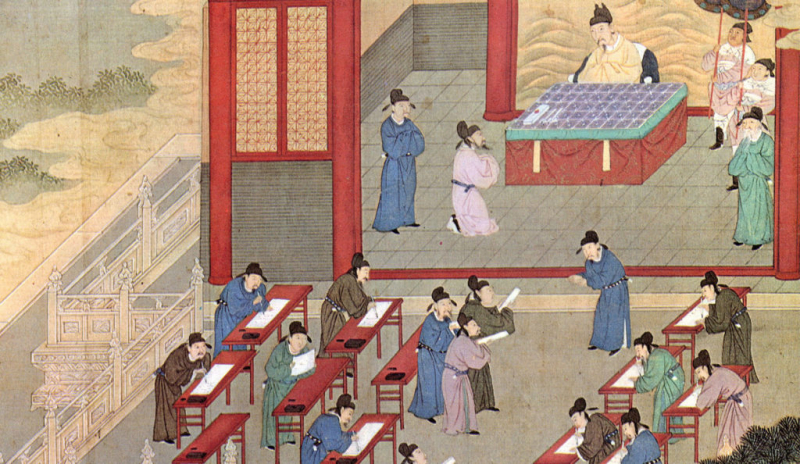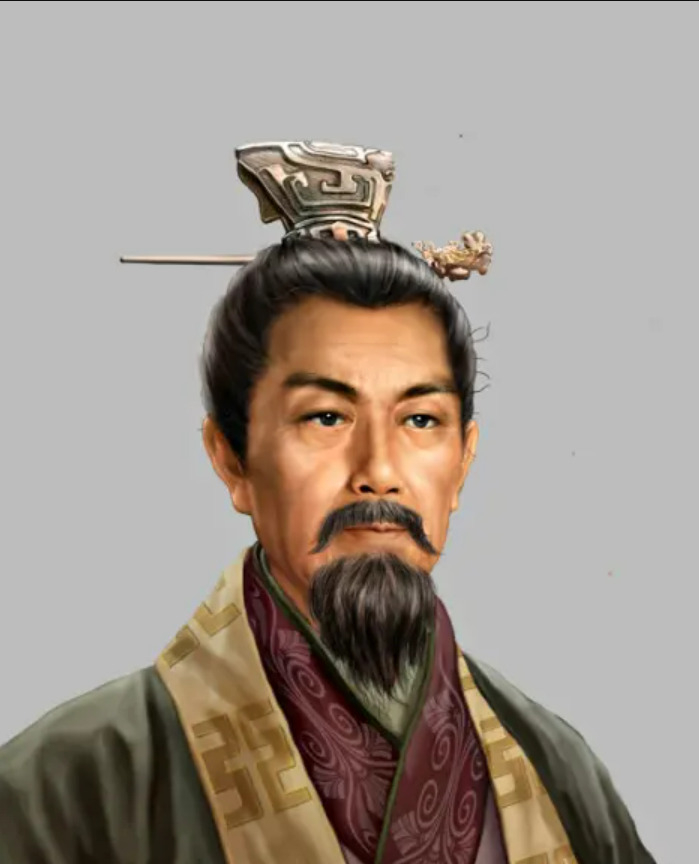The first meritocratic administration system
After the Qin state unified China in 221 BC, Qin Shi Huang ended the hereditary vassal system under the Qin Dynasty with the aid of prime minister Li Si. Additionally, the change substitutes a new administrative setup and prevents political upheaval.
First of all, China is split up into administrative units. Qin Shi Huang divided the Qin dynasty into 36 Jun (county), under which were several districts of Xi'an. Each Xi'an is followed by a town called Xiang, and then the Ting, which is further split into Li, the smallest administrative subdivisions for rural areas. The imperial capital was governed by a Chamberlain and was not included in the normal administrative units. Administrative control over a command body is administered by a Governor (Shou), who manages general administration, and a Guard (Wei), who is in charge of managing military garrisons. Judges (Ling) are in charge of running counties. Responsibility for control of the town is divided among 3 people including an Elder (called Sanlao) who has moral authority, a person who manages the town's finances (called Sefu), and a patrolman (called Youjiao) who maintains order in the community.
More importantly, this arrangement divided China into administrative divisions where all officials were appointed through merit rather than on a hereditary basis. It means that hereditary rights and powerful backgrounds gradually became meaningless in the court of the Qin Dynasty. There was no official hiring process in place during the Qin Dynasty. All appointments up to the county level are based on the basis of recommendations and made by the Grand Chancellor and the Emperor for an undetermined period of time. Important positions belonged to military officers who achieved outstanding achievements in battles. Officials may receive titles rated 20 to 1 for merit, but those titles are not hereditary and do not confer titles to those in power.
The fundamental framework of Chinese administration over the following 2,000 years was created by the Qin Dynasty's administrative system. Some were altered by subsequent dynasties, but the principles of the Authority of Merit were kept. The central authority was greatly strengthened by the political cohesiveness that this system brought forth.
In sum:
- After the unification of China in 221 BC, Qin Shi Huang ended the hereditary vassal system under the Qin dynasty and established a new administrative system to prevent political upheaval.
- China is divided into administrative divisions of 36 Jun (county), under which are several counties (Xian), towns (Xiang), counties (Ting), and villages (Li); and under the control of its own command agencies.
- All officials are appointed through merit rather than hereditary and are made by the Grand Chancellor and Emperor.
- The basic framework of Chinese administration for the next 2,000 years was developed by the administrative system of the Qin Dynasty.










